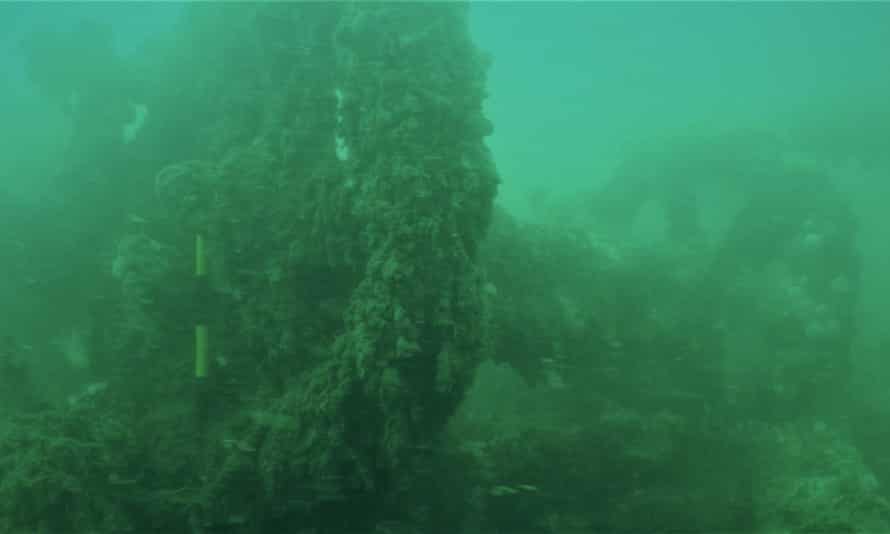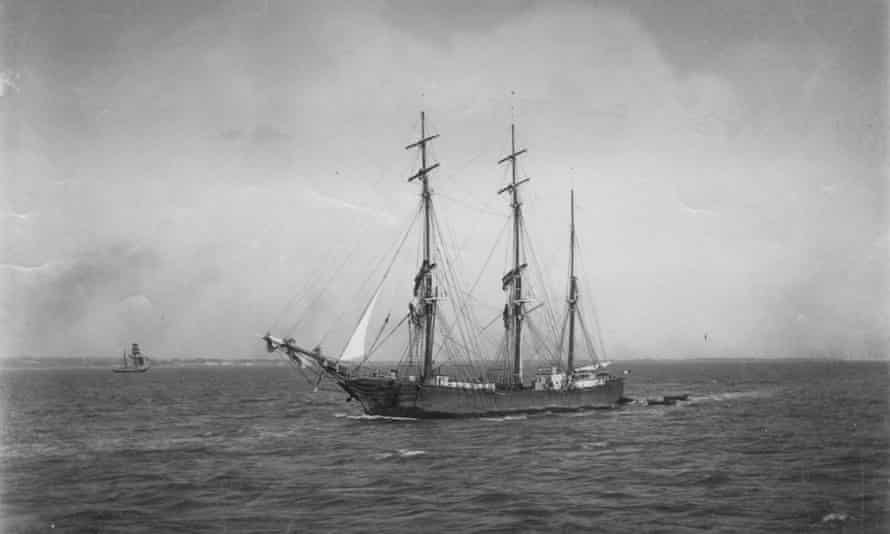The wrecks of two ships that sank off the south-east coast of England some time in the 19th century have been granted legal protection by the government, despite the identity of each remaining a mystery.
The ships, both wooden, sail-powered cargo vessels, were used in the day-to-day transport of goods, and were carrying slate and coal on their final voyages. While ships of this kind would have been a frequent sight in the mid to late 19th century, very few survive, according to Ken Hamilton, national listing adviser for Historic England.
'Parthenon of shipwrecks': Greece opens its first underwater museum
Read more
Hamilton said that compared with some shipwrecks the vessels were quite mundane. “But that is part of their interest. Almost like a vernacular maritime architecture, these would have been really common in the late 19th century. And there are very, very, few of them surviving today.
“They’re both part of one of the largest industries in the UK – maritime transportation – and there’s really not very much surviving of that fleet. So these are rare examples of what was once a very common sight.”
Apart from losing their masts, both ships were in an excellent state of preservation, he said. Each had retained its bowsprit, the long wooden spar at the front of the vessel to which foremast ropes would have been tied.
One of the ships, known as GAD23, lies on the notorious Goodwin Sands sandbank off Sandwich, in Kent. A sail-powered collier or coal ship, it was carrying a large consignment of the fuel when it sank, possibly after a collision.

While as many as 5,000 wrecked sail-powered colliers had been recorded, said Hamilton, the locations of only about 25 were known. Only one other such example was listed.
The other wreck, WA08, lies on the West Barrow sandbank in the Thames estuary, and was discovered during a routine survey by the Port of London Authority in 2016. Intriguingly, according to Hamilton, the mystery ship was carrying a large consignment of Cornish roof slates, at a time when the slate industry was dominated by slate from north Wales.

“The fact that this is carrying Cornish slate is really odd. And it makes me wonder whether this was an order for a particular building. Had somebody specified Cornish slate? I don’t know. But that would be one of the [reasons] we would like to identify this wreck.”
Research into GAD23 had identified three potential candidates that would fit with the ship’s tonnage, location and cargo. These possibilities included the Archimedes, which sank in 1876, the Zia Catherina, which sank in 1878, and the Superior, which sank in 1868, although the latter was a larger ship making it less likely. All three went down after collisions; and damage to the starboard side of GAD23 suggests it could have suffered the same fate.
The addition of both wrecks by the UK government to the national heritage list for England means these ships and their contents are protected in law, and cannot be removed in salvage operations.

